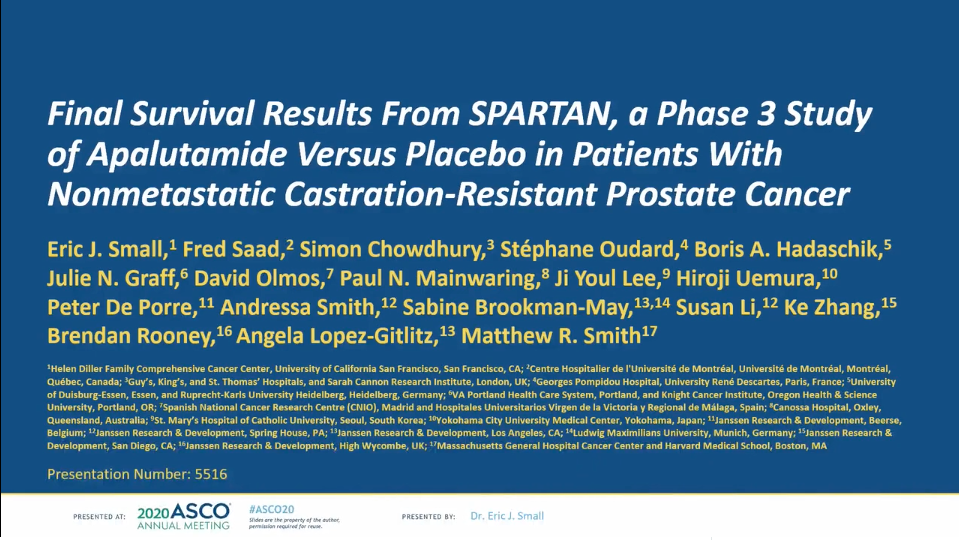"Cisplatin is a very effective chemotherapy agent but causes permanent hearing loss that is devastating to the children who survive their cancers," said Dr. Etan Orgel of Children's Hospital Los Angeles.
"This study helps us understand how we might be able to make small changes in how we deliver the drug to cure the disease while also improving the child's quality of life for the decades that follow," he told Reuters Health by email.
In a paper in The Lancet Child and Adolescent Health, Dr. Orgel and colleagues observe that most reports on the condition are limited by small numbers of patients, single-institution cohorts and inconsistencies leading to conflicting results.
In an effort to avoid these problems the researchers examined data on 1,481 young patients treated with cisplatin at multiple cancer centers across Canada and the U.S. Of these patients, 1,275 were less than 15 years old and the remaining 206 were older; 96% had had audiometry done at their latest follow-up a mean of 3.9 years after diagnosis.
Overall, 44%) developed moderate or severe CIHL, and the highest prevalence (59%) was seen in patients under 5. In addition, more than half of patients with CNS tumors, hepatoblastoma, and neuroblastoma had moderate or severe CIHL, but this was the case in less than a third of patients who received cisplatin for germ-cell tumors, osteosarcoma, or other cancers.
After accounting for cumulative cisplatin dose, the team also found that higher fractionated doses were significantly associated with CIHL risk. For each 10mg/m2 increase per day, the adjusted odds ratio was 1.15. For each 50 mg/m2 increase per cycle, the corresponding aOR was 2.16.
In addition, vincristine treatment was newly identified as a significant risk factor for CIHL (aOR, 3.55).
The team found no difference in progression-free survival or overall survival between patients who developed moderate or severe CIHL at the end of therapy and those who did not.
"Variations in cisplatin dosing confer additive risk for developing CIHL," they conclude, "and warrant investigation as a potential approach to decrease the burden of therapy."
SOURCE: https://bit.ly/3qXKeqy The Lancet Child and Adolescent Health, online February 11, 2021.
By David Douglas
Posted on
Previous Article
« Screening with wearable ECG increased AF detection 10-fold in hypertensive older adults Next Article
Clear benefit of blinatumomab in kids with relapsed B-cell lymphoma »
« Screening with wearable ECG increased AF detection 10-fold in hypertensive older adults Next Article
Clear benefit of blinatumomab in kids with relapsed B-cell lymphoma »
Related Articles
February 18, 2021
PFS and ORR benefits of first-line ibrutinib-based treatment in CLL

September 17, 2020
Final survival results from phase 3 SPARTAN trial
November 19, 2021
Longest survival benefit from first-line CDK4/6 inhibitor
© 2024 Medicom Medical Publishers. All rights reserved. Terms and Conditions | Privacy Policy

